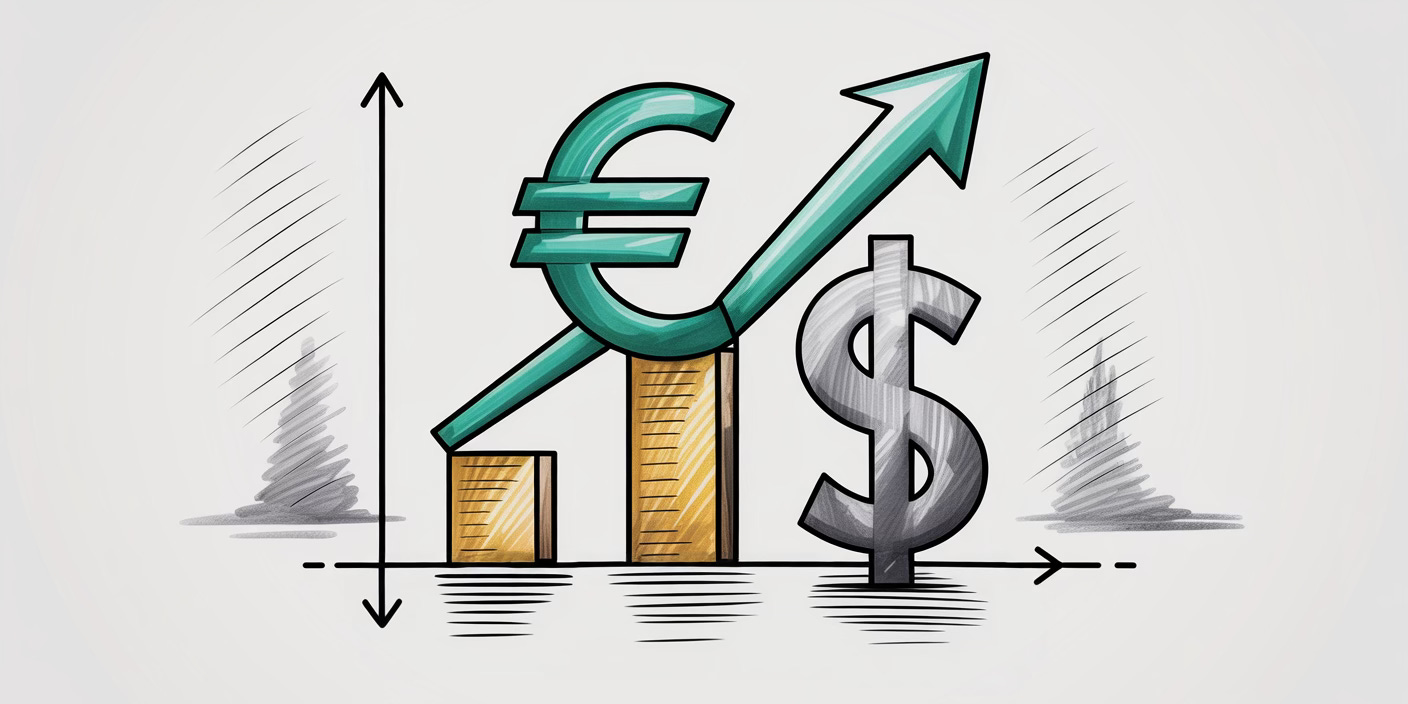Why Non-US Investors Are Flat on the S&P 500 in 2025
For global investors, understanding currency risk essential
For American investors, 2025 has been a solid year for stocks. The S&P 500 has climbed approximately 15% year-to-date, but for investors outside the United States, the picture looks different and it serves as a reminder of a risk that often flies under the radar: currency exposure.
While the S&P 500 index has surged 15% in dollar terms, the U.S. dollar itself has weakened by roughly 15% against major currencies like the euro. For European investors, these two opposing forces have effectively cancelled each other out, leaving them with returns near zero when measured in their home currency.
Let’s walk through a concrete example to illustrate how this works.
A German Investor Example
Imagine a German investor who started the year with €100,000 to invest. At the beginning of 2025, they converted their euros to dollars and purchased shares of SPY, the popular S&P 500 ETF.
January 2025:
Investment: €100,000
Exchange rate: ~1.05 (roughly where EUR/USD started the year)
USD invested: ~$105,000
October 2025:
SPY has gained 15% → their investment is now worth ~$120,750
But the dollar has weakened 15% against the euro
Exchange rate: ~1.21 (reflecting the dollar’s decline)
Converting back: $120,750 ÷ 1.21 = ~€99,793
Despite the S&P 500’s impressive rally, our German investor has essentially broken even or perhaps even lost a small amount after accounting for transaction costs.
Currency Fluctuations Can Make or Break International Investors
When you invest in foreign assets, you’re making two bets simultaneously: one on the asset itself and one on the currency.
For U.S. stocks, international investors are exposed to:
The performance of the underlying companies
The performance of the U.S. dollar
These two factors can work together or against each other. In 2025, they’ve moved in opposite directions, creating a neutralizing effect that has left many international investors breaking even.
It Works Both Ways
For context, during periods when the dollar strengthened (such as in 2022) international investors enjoyed amplified returns from U.S. stocks. The currency effect cuts both ways.
As we move through the remainder of 2025, currency markets remain in focus. Will the dollar continue its decline or will it strengthen, allowing the S&P 500’s performance to finally translate into positive returns for those investing from abroad?
The answer remains uncertain, but one thing is clear: for global investors, understanding currency risk is essential.
results may vary based on your home currency.


